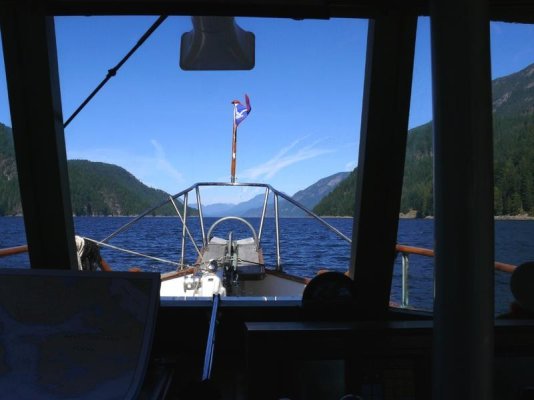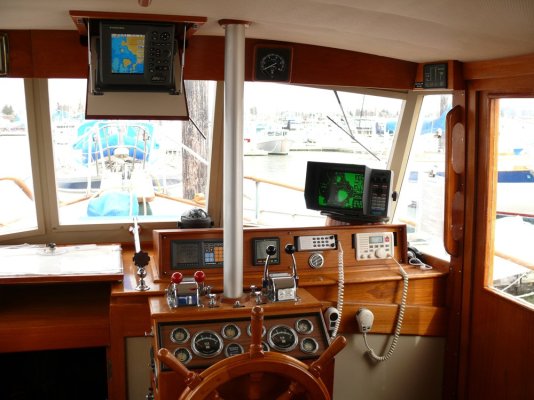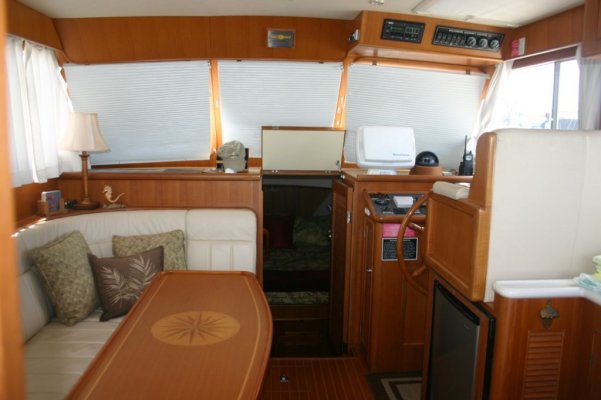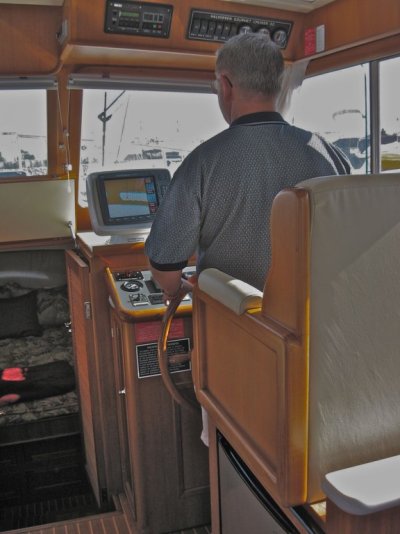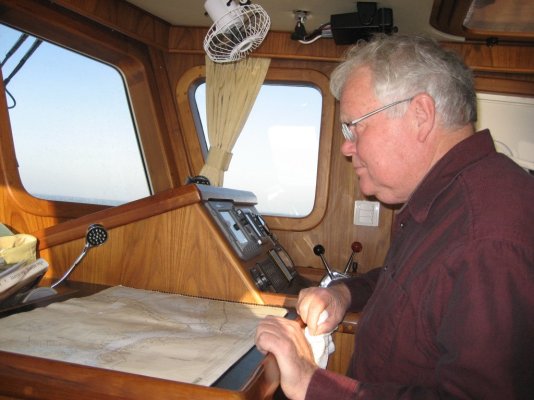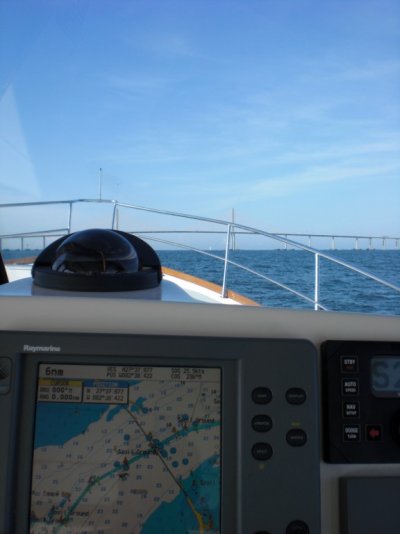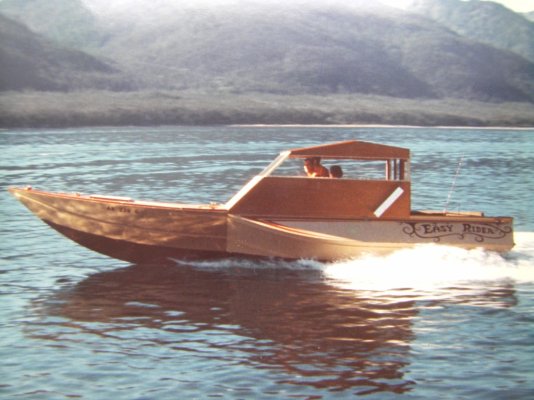xfedex wrote:
My travels are in Washington and British Columbia.*Am I in the minority as far as not religiously updating paper charts?
Don't know.* But we use paper charts at all times when we're cruising, along with our two large dedicated GPS chart plotters and the radar.* We do not update the charts as land masses don't move much around here and it's been our experience and observation in this area that navaids---on shore or in the water--- rarely change.
We have a chart board next to the helm that holds the big MapTech format chart books we have for Puget Sound, the Gulf Islands, Sunshine Coast, Desolation Sound, etc.* Plus we have all the full size NOAA and Canadian charts for the entire area from the San Juans up to Queen Charlotte Strait rolled up and stored in the aft cabin.* We rarely use the full-size charts unless we're in an area not covered by one of the big chartbooks.
We like having the paper charts at the helm because we can get the "big picture" in an instant without having to zoom in or out, and there is less clutter on the paper charts than on the electronic charts displays simply by virtue of the size difference.*
We do not plot courses except for those that we use frequently, and we plotted them on the paper charts years ago.* But having these courses on paper is a good backup in case the electronics go down, which they never have in the 13 years we've owned the boat.
So while our primary means of navigation are the two plotters, the radar, and the compass, we do find the paper charts useful on almost every cruise.
Both my wife and I like and are very much at home with paper charts, me from flying and my wife from both flying and her stint in the Navy.* So we just like having them around.
To someone who doesn't like messing with paper charts, or doesn't like them, or doesn't believe in them, the reliability of electronics these days makes it very unlikely that a failure will leave a person blind.* So I don't have any issue with people who say they don't have any paper charts on board and use only electronics.
But
we wouldn't take the boat out--- actually either boat because we use paper on the Arima, too, along with its GPS plotter--- without having the paper charts with us.

